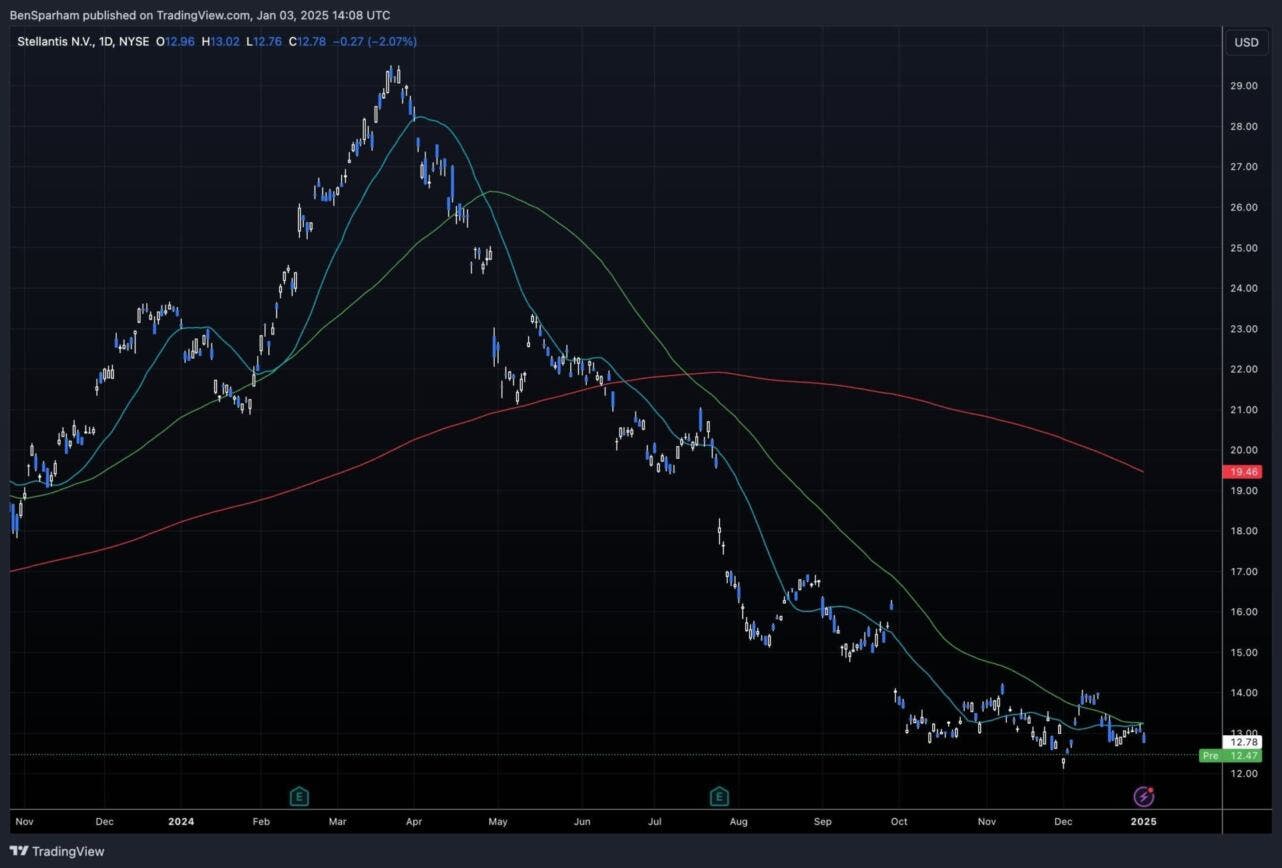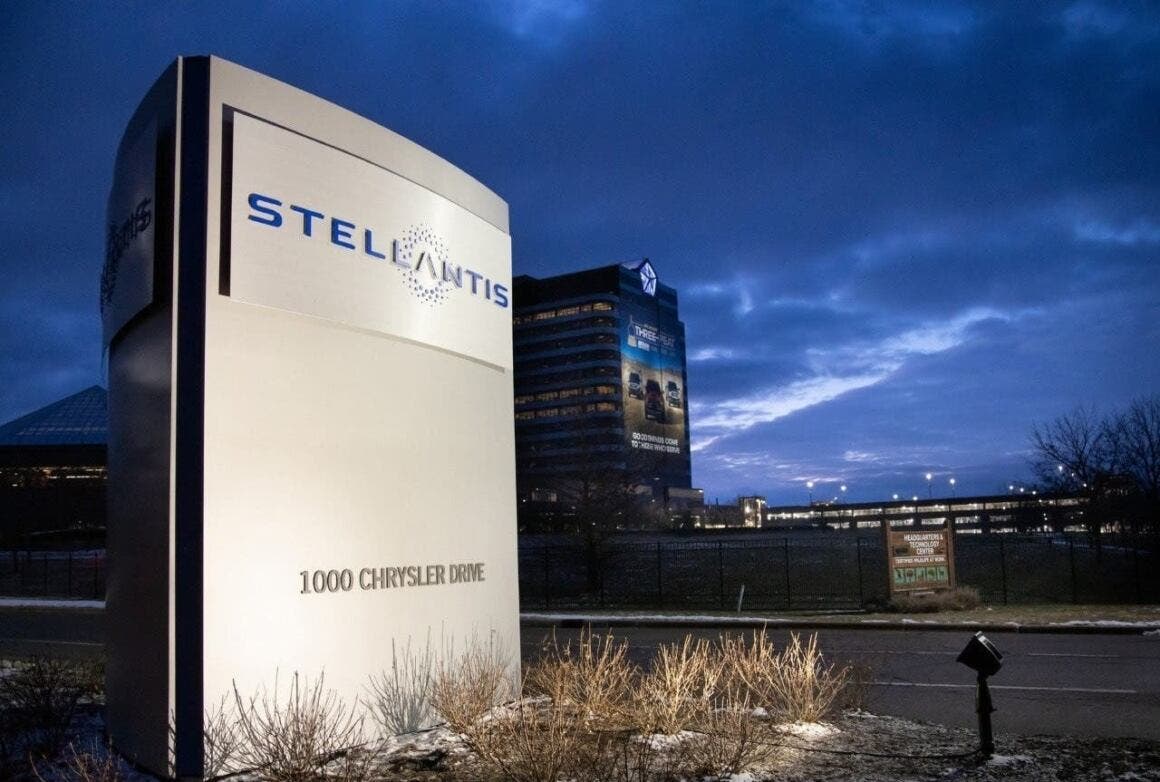Starting September 22, 2025, Stellantis shares will be removed from the Euro Stoxx 50, the index that brings together Europe’s 50 leading companies alongside giants such as BMW, Ferrari, Mercedes-Benz, and Volkswagen. The decision comes at a difficult time for the stock, which has lost about 40% of its value since the beginning of the year and as much as 70% compared to its March 2024 peak. From a high of €27, the shares have dropped below €8, with market capitalization shrinking by more than €50 billion in just a year and a half.
Stellantis to exit Euro Stoxx 50 after 70% stock decline since 2024 peak

The crisis that has engulfed Stellantis has more than one explanation. In the United States, supply chain difficulties have limited the availability of new vehicles, heavily impacting profitability. Added to this were higher tariffs imposed by the Trump administration and, at the end of 2024, the sudden resignation of Carlos Tavares, an event that increased market uncertainty. The combination of these factors made the group’s exclusion from the Euro Stoxx 50 inevitable, marking a critical moment for the brand’s credibility in the eyes of investors.
The removal from the index is not only a practical matter, since Euro Stoxx 50 membership guarantees visibility and capital inflows, but also carries symbolic weight. After the PSA-FCA merger, Tavares’ strategy had been hailed as a model of efficiency, driving the stock into continuous growth. Stellantis managed to maintain operating margins above 10% for three straight years, from 2021 to 2023, before slipping to 5.5% in 2024. In 2023, net profit reached a historic record of €18.6 billion, allowing shareholder distributions of €6.6 billion through dividends and buybacks.
The picture changed dramatically in 2025. In the first half of the year, the group reported a loss of more than €2 billion, ending the positive streak that had defined it until recently. The new CEO, Antonio Filosa, has placed profitability at the core of his strategy, calling it the top priority to regain market confidence and support a stock rebound. The challenge now will be to strike a balance between efficiency and investments in innovation, in an automotive sector that is becoming more competitive every day.
